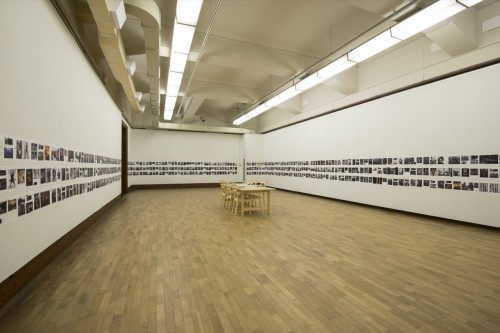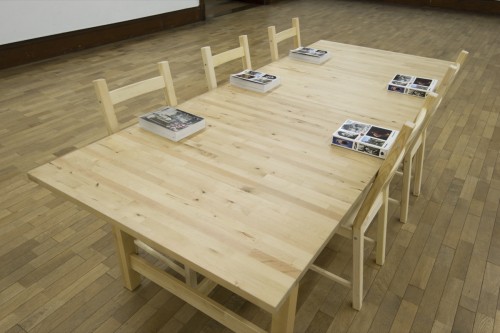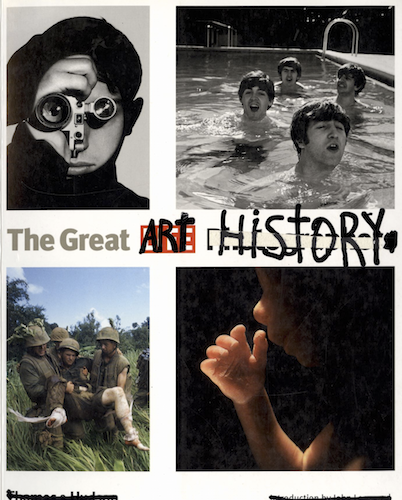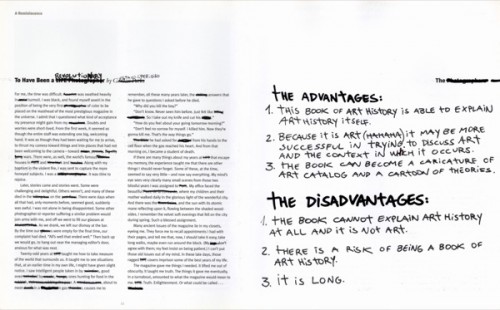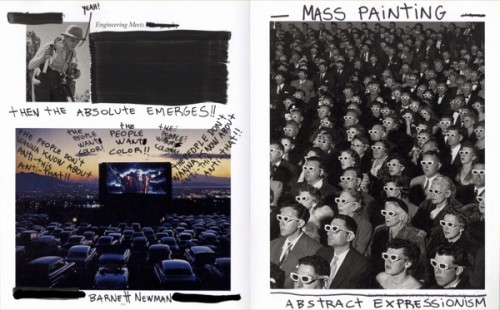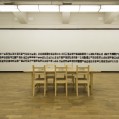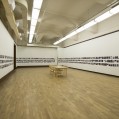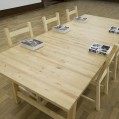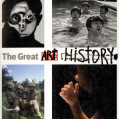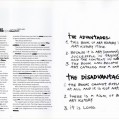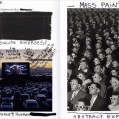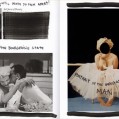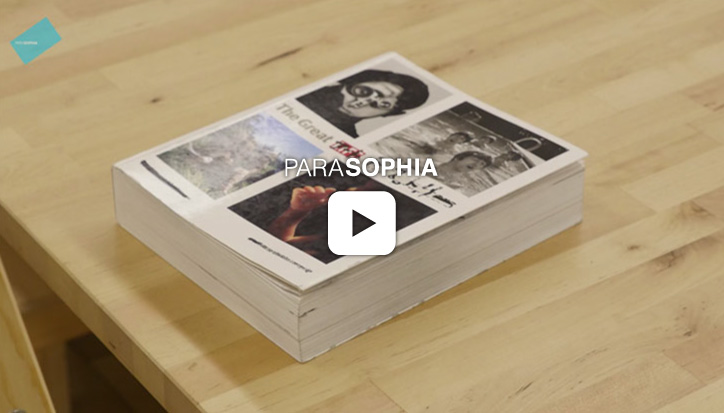Gustavo Speridião
Gustavo Speridião
b. 1978 in Rio de Janeiro, Brazil; based in Rio de Janeiro
Work in exhibition
O Fantástico e Inabitável Mundo da Historia da Arte [The Great Art History], 2005–15
Installation
Five books (ink on The Great LIFE Photographers; one in Brazilian Portuguese, one in English, one in French, and two in Japanese; 26 × 18 cm and 608 pages each)
608 pages of the book in English printed and taped on walls
See all installation views at higher resolution: www.flickr.com/photos/parasophia/sets/72157656875023375
Gustavo Speridião completed a master’s program in visual language at the School of Fine Arts of the Federal University of Rio de Janeiro. In addition to photograph and film, he works in a wide range of media including collages and drawings featuring words and pictures atop existing media, which playfully intervene in the appropriated imagery. At Parasophia, Speridião exhibits his work in Asia for the first time. Here he presents his self-published “history of art,” The Great Art History (2005–15), made by scrawling words and images on top of the 608-page tome The Great LIFE Photographers, a compendium of photographs from the American photojournalism magazine LIFE from its inception in 1936 through the late 20th century. Through additions ranging from simple visual jokes to doodles inviting complex interpretations, Speridião transforms the iconic 20th-century scenes and instantly recognizable shots by over 100 photographers from the pages of LIFE into a separate, fictional “great” history of art. This is not only an ironic take on capital-lettered History and Art, or on politics and society, but also a critique of the way we interpret photographs, one that piquantly dismantles all sorts of calcified clichés. For Parasophia, a Japanese-language edition has been produced in addition to the existing English, Portuguese, and French editions.
-
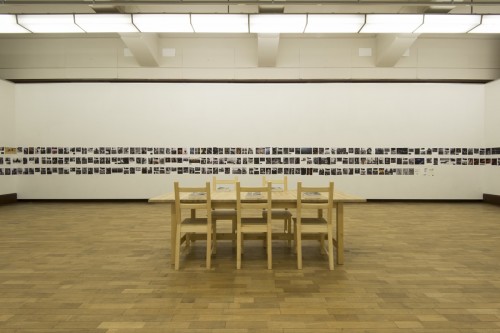
Gustavo Speridião, The Great Art History, 2005–15. Installation view at Kyoto Municipal Museum of Art for Parasophia: Kyoto International Festival of Contemporary Culture 2015. Photo by Norimasa Kawata




